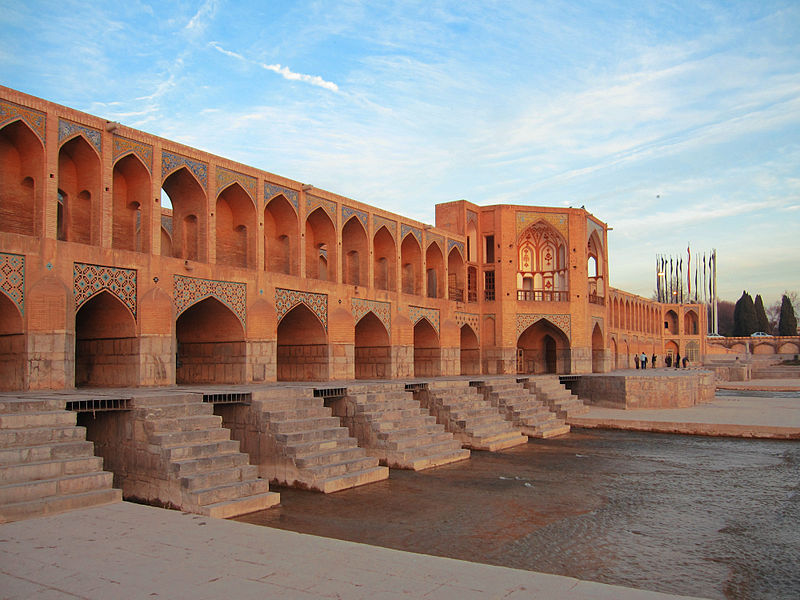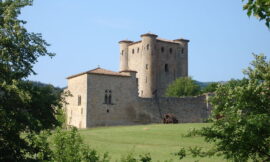The Khaju Bridge, a splendid architectural marvel spanning the Zayandeh River in Isfahan, Iran, stands as a testament to the ingenuity, beauty, and cultural significance of Persian bridge design. Commissioned by Shah Abbas II in the 17th century, the bridge was built not only to serve as a crossing over the river but also as a multifunctional structure that would enhance the city’s beauty and provide a gathering place for the people of Isfahan.
Stretching over 130 meters in length, the Khaju Bridge features 23 arches and two levels of passageways, with pavilions and alcoves along its length that offer stunning views of the river and surrounding landscape. The bridge is constructed from brick and stone, with intricate tile work, carvings, and paintings adorning its walls and ceilings, creating a visual feast for the eyes and a testament to the skill and craftsmanship of Persian artisans.
One of the most striking features of the Khaju Bridge is its central pavilion, which serves as a gathering place for visitors and locals alike. The pavilion is adorned with exquisite tile work, frescoes, and inscriptions from Persian poetry and literature, creating a serene and inviting space for relaxation, contemplation, and socializing.
Another unique feature of the Khaju Bridge is its innovative design, which incorporates a series of sluice gates and water channels that regulate the flow of the Zayandeh River. During the dry season, the bridge serves as a dam, allowing water to be diverted to the city’s irrigation system and providing a vital source of water for agriculture and drinking. In the spring and summer months, the sluice gates are opened, allowing water to flow freely under the bridge and creating a tranquil oasis in the heart of Isfahan.
The Khaju Bridge is also famous for its acoustics, which are renowned for their exceptional clarity and resonance. The bridge’s design incorporates a series of alcoves and niches that act as natural amplifiers, enhancing the sound of music, poetry, and conversation and creating a magical and immersive auditory experience for visitors.
Throughout its history, the Khaju Bridge has served as more than just a crossing over the river; it has been a hub of cultural and social life in Isfahan. In the evenings, the bridge comes alive with music, dance, and poetry performances, as well as impromptu gatherings of locals and visitors who come to enjoy the beauty of the river and the company of friends and family.
In addition to its cultural and social significance, the Khaju Bridge is also a popular tourist attraction, drawing visitors from around the world with its stunning beauty, historical significance, and vibrant atmosphere. Whether strolling along its length, admiring its architecture, or simply enjoying the serenity of the river, visitors to Isfahan are sure to be captivated by the timeless charm and beauty of the Khaju Bridge.



